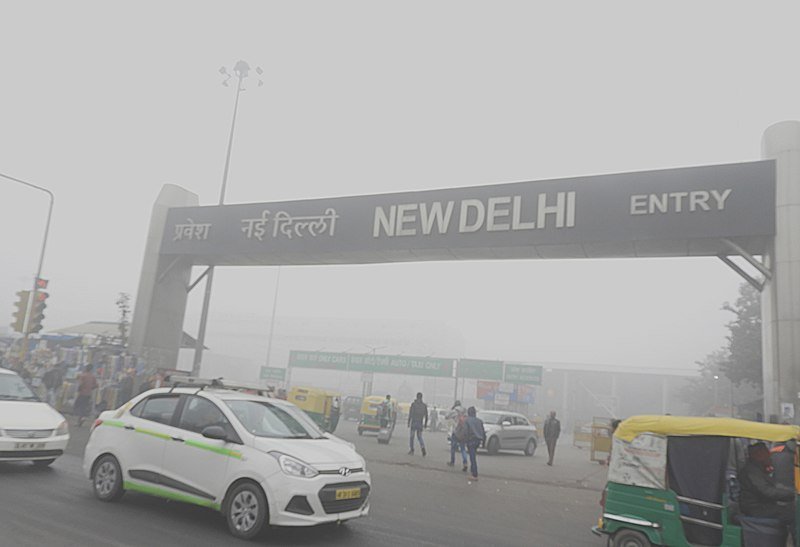It is hard to believe, but a startling statistic is that more people die from air pollution-related illnesses than from car wrecks around the world. It has been reported that in India, where the annual PM 2.5 standard is 40 µg/m3, more than 40% of the population breathes air that exceeds the standard. As per records today’s AQI of Delhi-NCR is above 450.
It is a critical public health crisis, causing over 2 million premature deaths annually. Charting the top is Delhi, followed by Madhya Pradesh and Haryana, placing India in the top eight position on the world map. The quality of the air we breathe can affect us in many ways. The two key elements, smog and haze, often seen in numerous cities, make air pollution hazardous also in the summer. Vehicle emissions, industrial activities, agricultural burning, and crackers add to the root causes.
However, many people do not realize that air quality can also deteriorate during the winter months. While this is a common occurrence, it is not always the same case. The very reason is that the cold air has heavy density and has less space between the molecules of gas; thus, it retains the pollution and also doesn’t whisk it away. During winter, air pollution lasts substantially longer and is consequently inhaled more frequently. It’s almost like a blanket covering the entire arena.
During winter, air pollution lasts substantially longer and is consequently inhaled more frequently. It’s almost like a blanket covering the entire arena. Lack of visibility, forces people to burn more fuels and idle their cars to defrost them.
Delhi, Ghaziabad, Muzaffarnagar, Hapur, Noida, Meerut, Charkhi, Dadri, Greater Noida and Gurugram are the prime affected cities, reports CREA (Centre for Research on Energy and Clean Air).








